Surrounded by green tree groves and blue fields of blooming flax is the small village of St. Honoré. A few homes ring the tiny church, some new, most old. The huge white elder bushes by the roadside are in full bloom, radiating their distinctly heavy fragrance in the sun, a bit too sweet, a bit too charming. A long, narrow brick home with a thatched roof is hidden behind towering hedges encompassed very, very green garden. Naturally, next to the house are apple trees and in the neighboring meadow are fat, healthy cows. We are in Normandy.
The Canadian-born Sidney Kristiansen moved here two years ago with his partner Emmanuel and their two cats, Wasabi and Wakame. The house in Normandy completely changed the lives of both Sidney and Emmanuel, with Sidney now living with one foot in Berlin to develop his newly founded company, Comptoir du Cidre. It didn’t take long for the idyllic house in Normandy to inspire him to become a cider scout and develop a plan to make artisanal cider known in Germany.
This portrait is part of our ongoing collaboration with ZEIT Online who present a special curation of our pictures on their site.





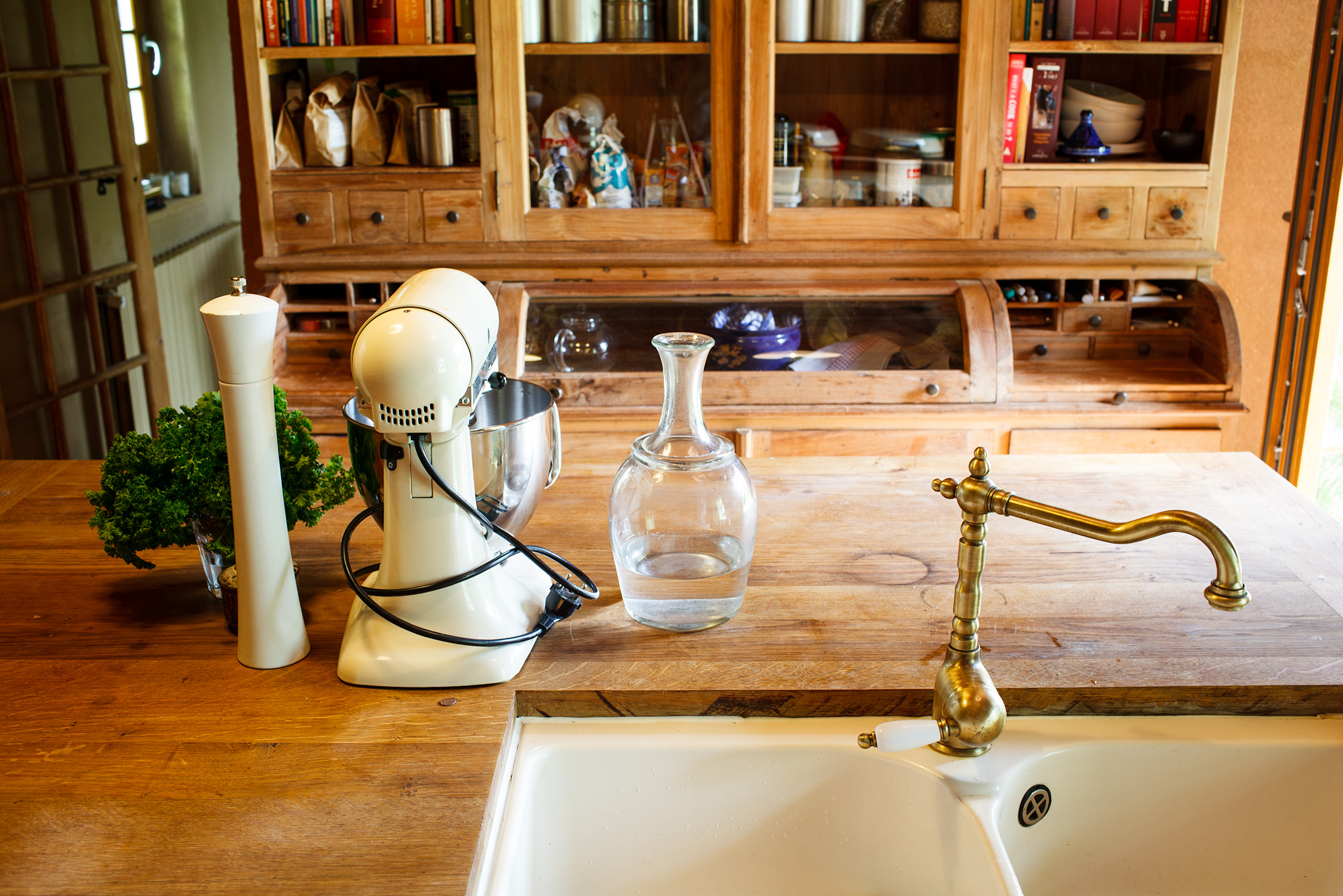








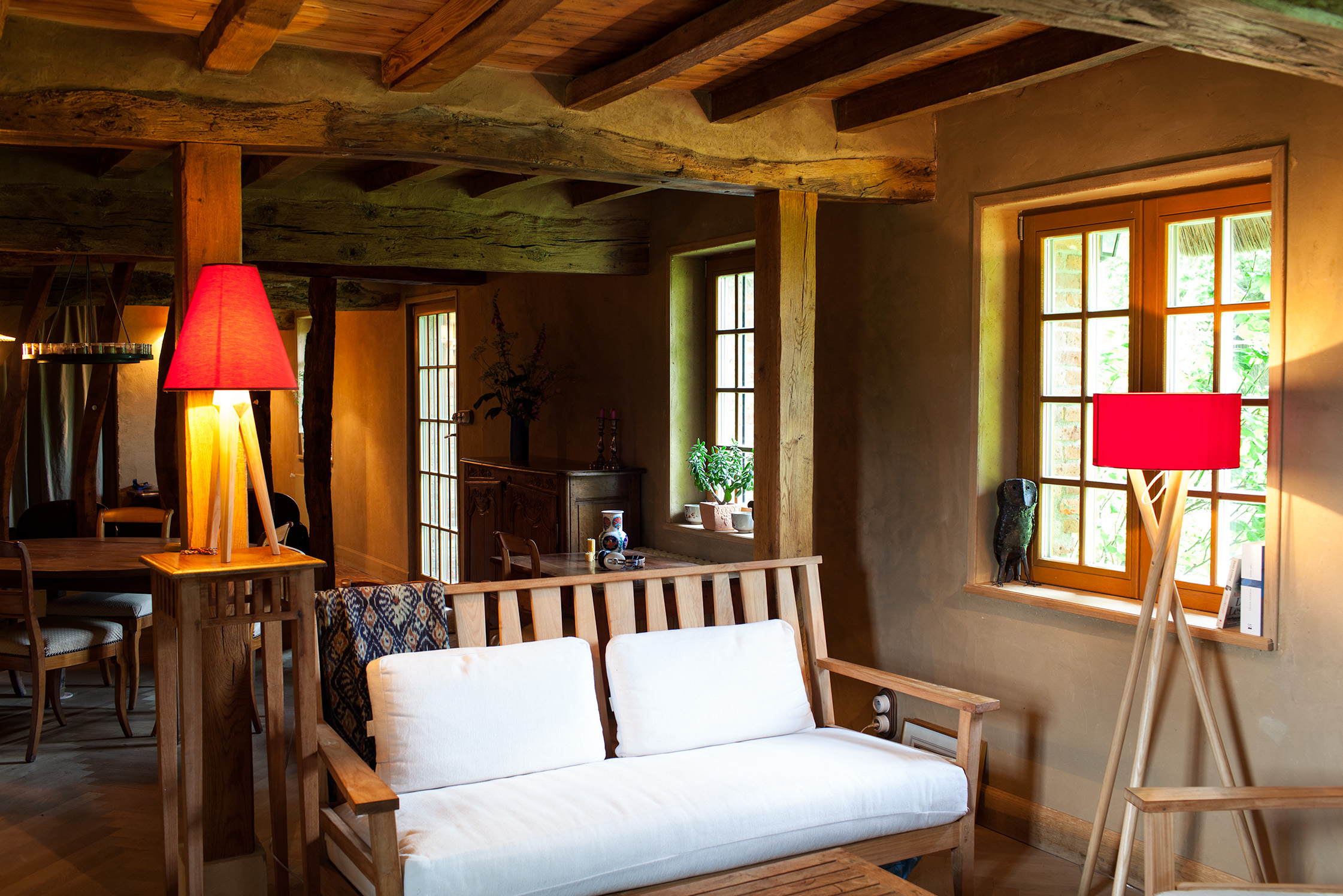





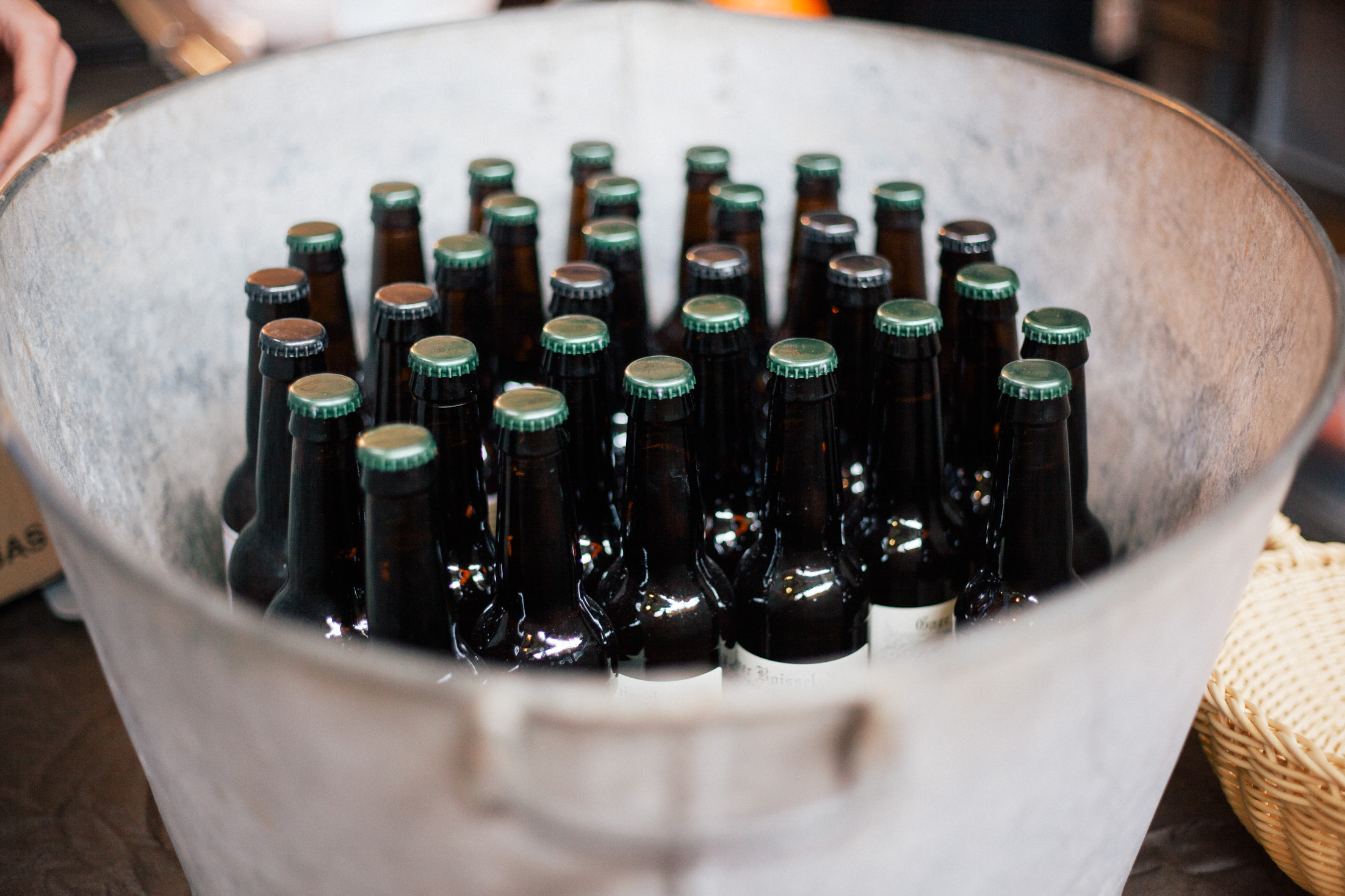

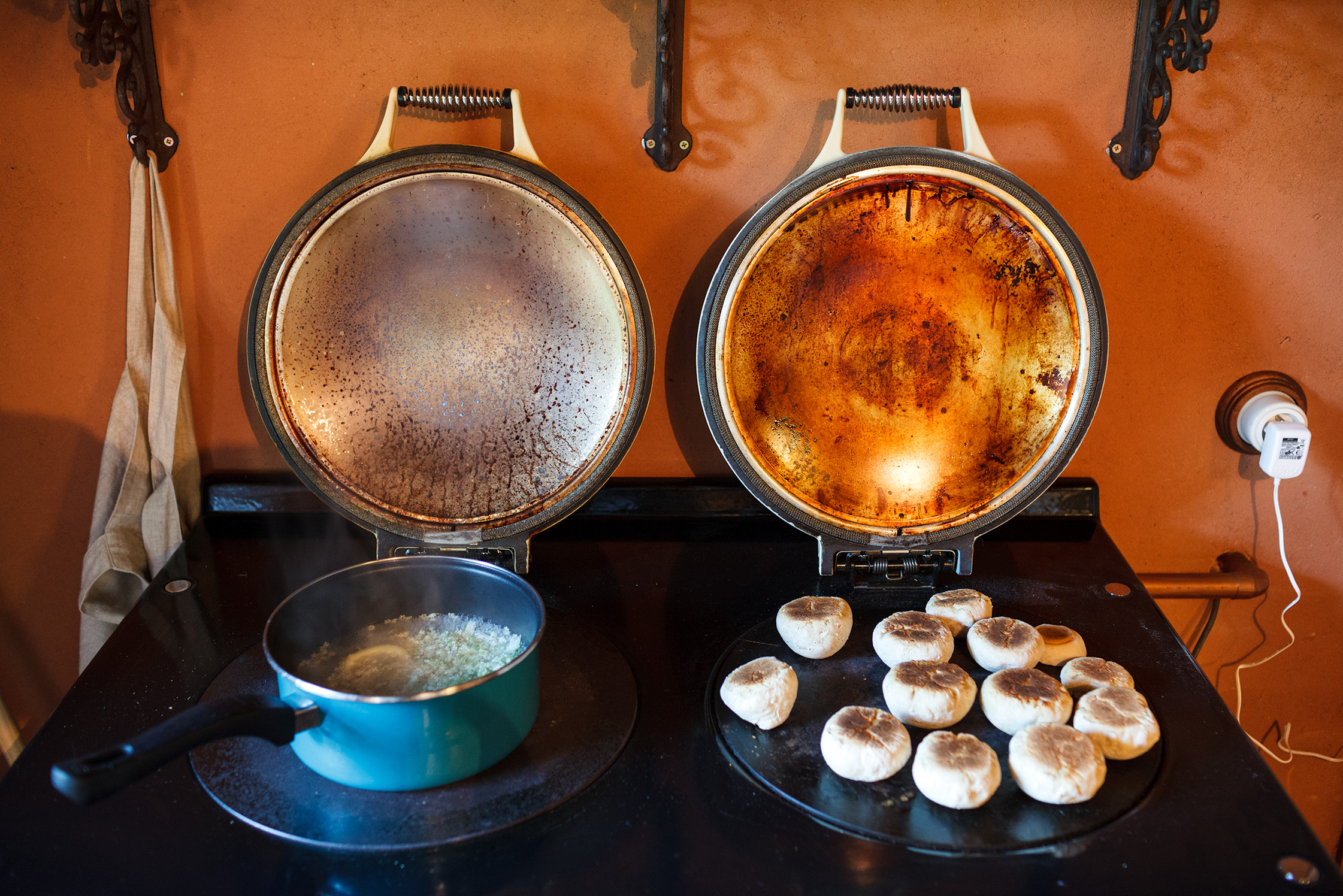

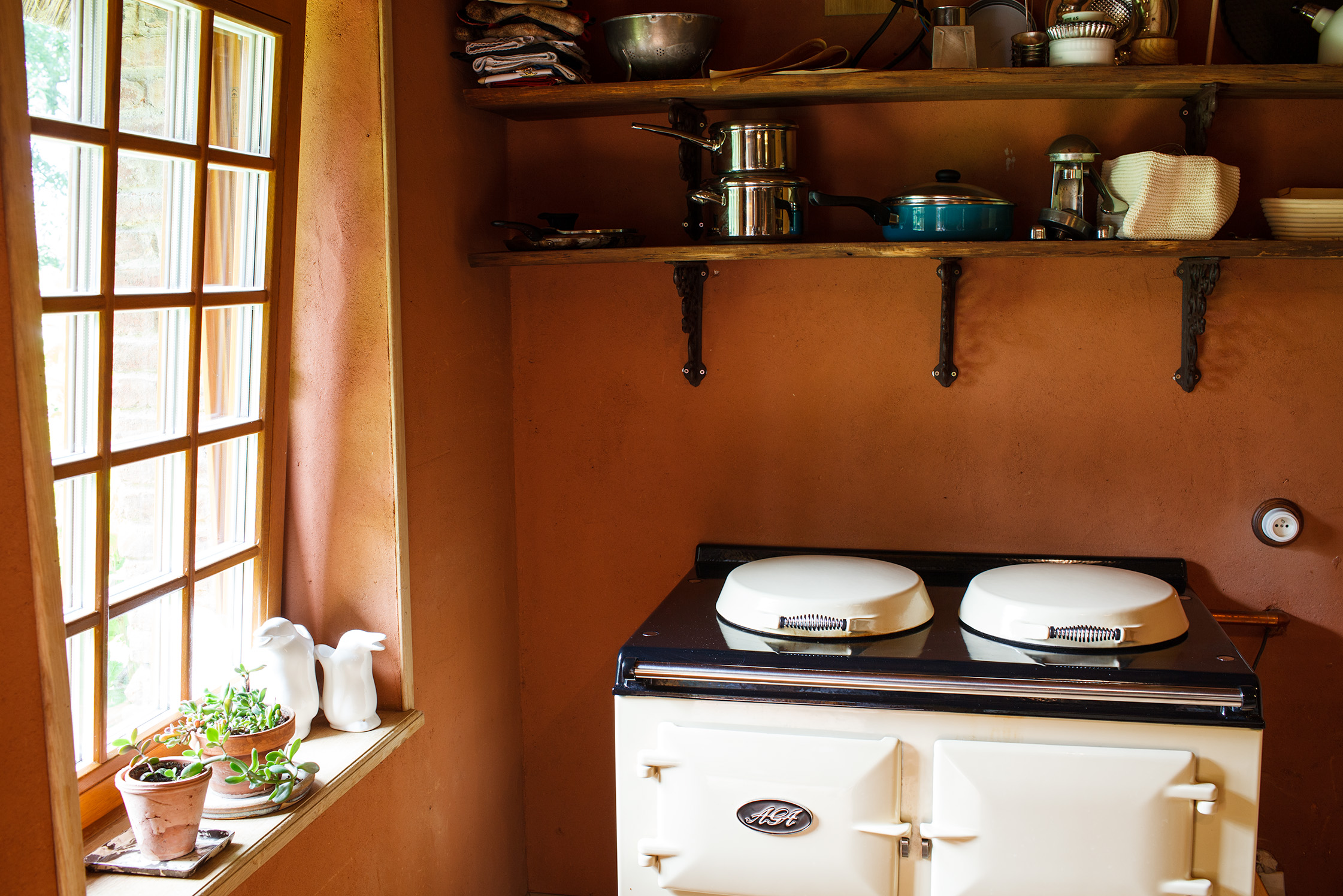





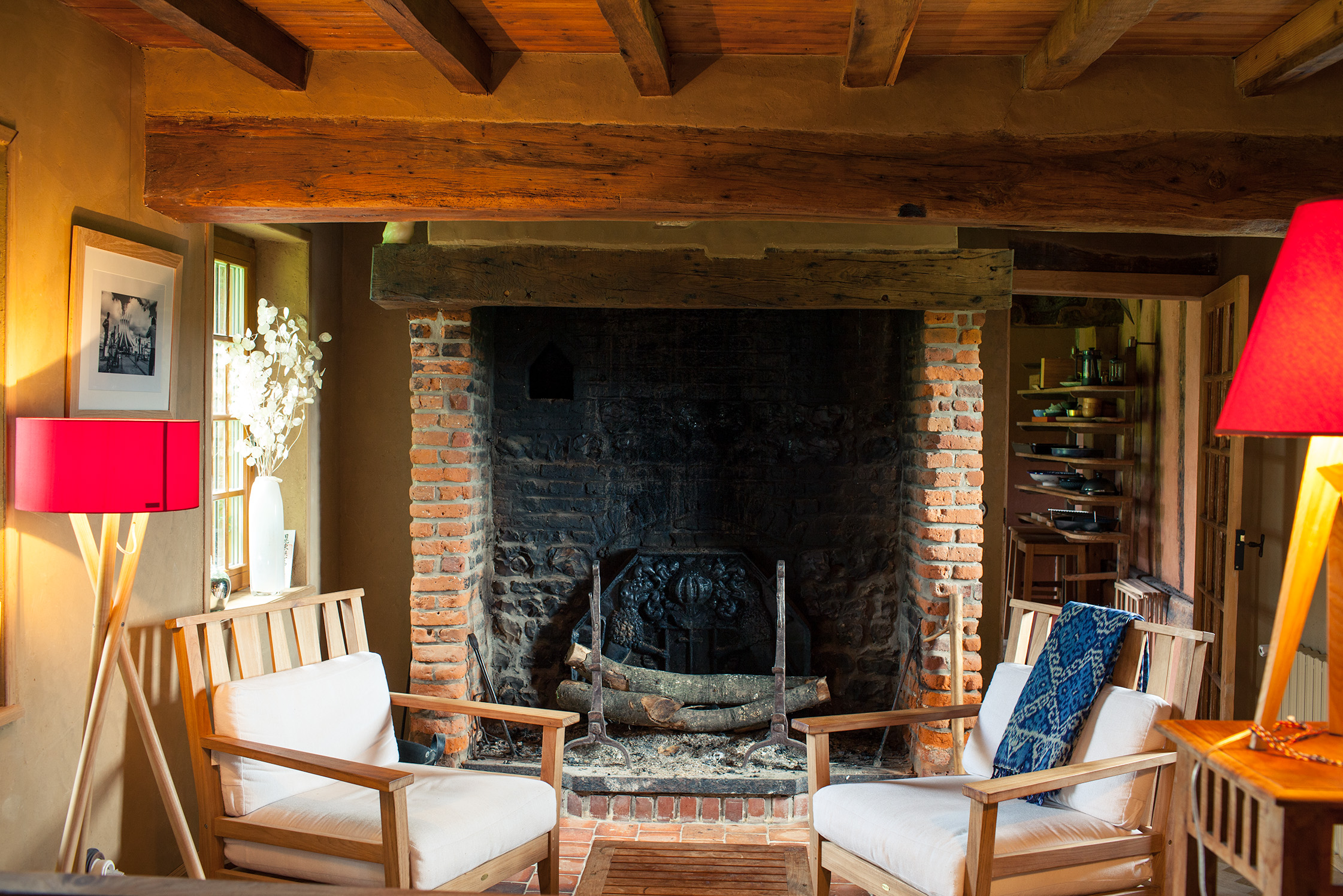


You lived and worked in Paris for ten years, how did your move to Normandy come about?
It was really chance. We never planned to leave Paris, and definitely not for Normandy. In fact, we were looking for a weekend home in the south, a retreat to occasionally escape all the stress of Paris. But then everything changed.
What happened?
First we saw this movie, this British comedy with deeply black humor. It’s called Withnail & I. The story follows two completely impoverished actors who want to escape their stressful London existence and spend a few carefree days in a cottage in the country. But the cottage has no electricity and no heating, of course it’s pouring rain, it’s muddy everywhere, the neighbor’s cows escape, the locals are all very strange – everything is a catastrophe. But we fell in love with the idea of a house in the countryside.
So you started to look?
Yes. First on the Internet, as I mentioned, in the south. We made a list of the things that were important to us: a fireplace, a garden, lots of wood. I was terribly discouraged after a very unsuccessful search online. There was nothing that worked with our budget. But the next day I did something on the way to my office, something I’ve really never done before – I switched to the other side of the street and looked in a real estate agent’s office.
No, let me guess…
Yes, really! I saw the ad for our home there. It was the first home that worked with our budget. We bought it that very week.
What did you like about the house?
Definitely not the location in Normandy, even if I now realize that the film Withnail & I perfectly prepared us for life here. It rains a lot, the neighbor has cows, the locals can sometimes be crazy and in the beginning we didn’t have heating or electricity. No, it was the beautiful garden and the huge fireplace that inspired us.
What was the state of the house? Did you do the renovations yourself?
Yes, except for the electrical and heating. The house had been uninhabited for years and before that it belonged to an old lady. It was very poorly built and horribly wallpapered, but we didn’t think anything of it. Then we found the rats.
Rats?
On the very first night. After we bought it we wanted to start on the renovations right away and were sleeping on mattresses in one of the rooms next to our tools. As we turned off the flashlight, a scurrying and squeaking in the wall started. Honestly, it was awful. Emmanuel took a huge hammer and smashed the wall covering. Behind it huge rats were running back and forth. Really huge. We had to get rid of them first.
That sounds pretty bad. How long did the renovations take?
About a year. We only had time on the weekends. But it was a lot of fun working on the house and thinking about how it should look. It was very motivating.
Why does the house have this unique shape? It’s very long and narrow. Is that typical of Normandy?
No, this is probably more typical to the time it was built. The Sun King, Louis XIV, had this famous Minister of Economy, Colbert. He wanted to strengthen the Navy and ordered that all trees longer than four meters must be used in the construction of ships. Therefore, there were no long support beams for homes and it was necessary to build smaller homes. To compensate, they just built very long homes. Actually, the house consisted of many small adjacent rooms. They weren’t connected to one another, but they all had their own door. We tore down most of the partition walls and placed the bedroom and guestroom under the roof.
Did you have a clear idea of what you wanted the house to look like and how it should be furnished?
We realized that we have a more classic, masculine style. A lot of dark wood, muted colors, some copper, some brass, framed prints. But as we bought the house, we didn’t know how well it would suit us. We realized it during the renovations – as the timber beams were exposed, as we cleaned with walls with loam and built in the different types of wood.
How did you come up with the idea of plastering the interior spaces with loam?
We were quite traumatized by the rats. They lived behind these artificial coverings on the walls. When the awful walls were gone, we finally breathed a sigh of relief, and we’re sure the house did as well. We promised the house, that from then on it would always be able to breath. That’s why we only have breathable materials such as loam and natural color pigments.
Do you have a favorite room in the house?
The kitchen! For me, the kitchen is the heart of the house. During my childhood in Canada we had an American-style kitchen with a bar where my sister and I would spend the entire day. We played there, did our homework, watched our mother cook and our father make breakfast, and, of course, we ate there as well. I always wanted to have this again. So in our kitchen we built a kind of island, and we can sit with our guests there and cook.
And your favorite piece of furniture?
My Aga stove. Originally, I wanted to have a real wood stove. But it wasn’t possible because of technical reasons relating to the fireplace. Then I chose an electric Aga stove. With it came my desire for a deceleration of life.
I’ve heard that you like to cook…
Yes, really very happily. I wake up in the morning and right away start to think about what I can cook and bake during the day. The best are Saturdays, when we drive to the big market in Dieppe and go shopping. There you can find everything from fresh fish still wriggling, to the fresh wares of the fruit and vegetable farmer and naturally a good regional camembert and the salty raw milk butter – preferably from the woman with the beautiful daughters. They have the creamiest skin that I’ve even seen. It definitely has to do with the butter.
In the middle of this year, together with your sister Leila, you’ll be opening the Comptoir du Cidre in Berlin, a restaurant where only cider will be served. How did this come about?
One could say that without our house in Normandy, it never would have happened! Leila stayed with us for a month last summer. It’s been a very long time since we spent time so intensively together. We talked a lot but cooked even more. Leila is a passionate chef. She’s worked in restaurants since she was 14 years old. After a month together it was clear to me that I wanted to start a project with her. She’s lived with her husband for a few years in Berlin and my first idea was to lure both of them to Normandy and open a restaurant with Leila. But her husband wasn’t so into the idea of moving to Normandy.
So now you’re going to open a restaurant in Berlin? You’ve only just arrived in Normandy and you’re already pulling away?
Not quite, we divide our time between Normandy and Berlin. The Comptoir du Cidre is not only a restaurant, but also a company with which we want to bring artisanal cider and Norman culinary culture to Germany.
How did this idea come about?
When it became clear that Leila and her husband wouldn’t move to Normandy I sought out a joint project in Berlin. Naturally, it should have a relationship to my new life here. With a very good bottle of cider came the first spark of inspiration. Here in Normandy, cider is a part of life. In Germany, the enormous variety of artisanal cider flavors has not yet been fully explored. I saw a chance and started to scout for cider.
The cider scout was born! How did you pursue your idea further?
I visited many small producers here in Normandy, I talked to them, had them explain their work to me and tried many, many different types of cider. I brought the most interesting types to Berlin and together with Leila offered them at Berlin’s Street Food Thursday at the Markthalle Neun in Kreuzberg. Leila created small dishes to offer with the cider. The interest in what we were offering was overwhelming. It gave us the courage to keep thinking and we began to dream about opening our own restaurant, and of our own brand of cider. In fact, there are also many other wonderful artisanal foods from Normandy that we want to bring to Germany. Raw milk cheese and butter are high on the list.
These are wonderful plans for Berlin. What happens next in Normandy?
I want to spend as much time here as possible and to be inspired. Because the renovation of the house was so much fun, Emmanuel and I bought another house, a wonderful ruin that will be a lot of work for us. We financed it through the sale of our apartment in Paris. We want to sell our current home so we can renovate the new home. The renovation and sale of homes in Normandy has the potential to be a good business model. As they say here, “On verra!” We’ll see. And drink good cider.
Thank you for a wonderful weekend in Normandy and good luck! Find a special feature on Sidney Kristiansen and “Comptoir du Cidre” in the second issue of Companion, a project developed by FvF for 25hours Hotels. “Comptoir du Cidre” will open its doors August 8 at Kollwitzstraße 98. Meanwhile visit Sidney and enjoy a glass of cider at Markthalle Neun in Berlin.
Photography: Lu Wenpeng (Normandy)
Marlen Mueller (Berlin)
Interview: Cathrin Brandes

